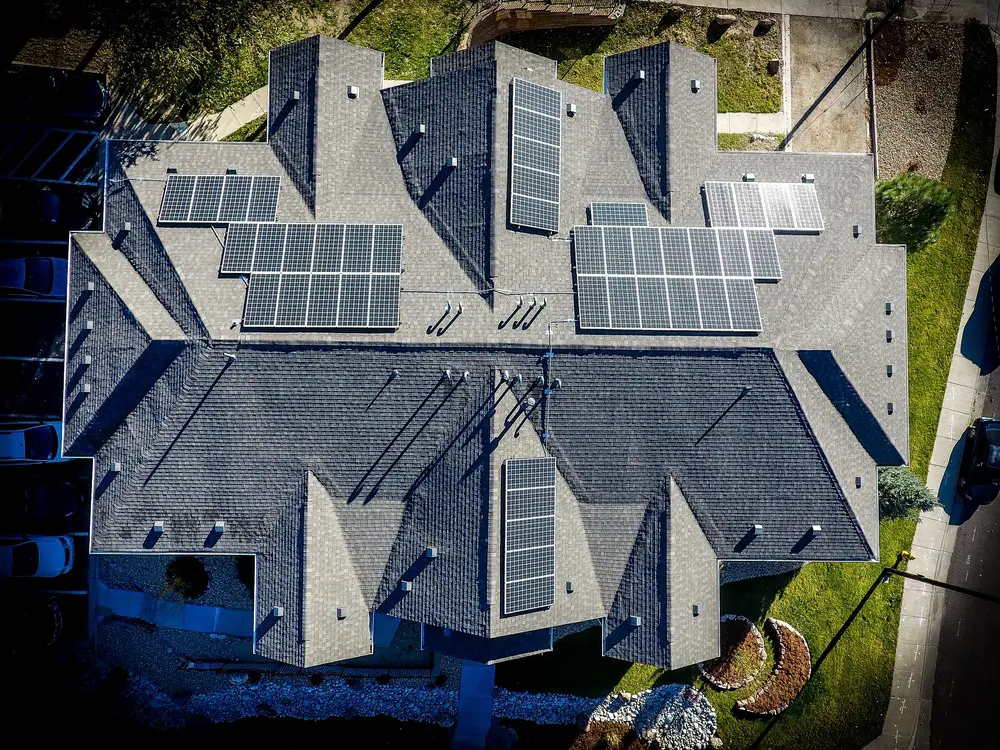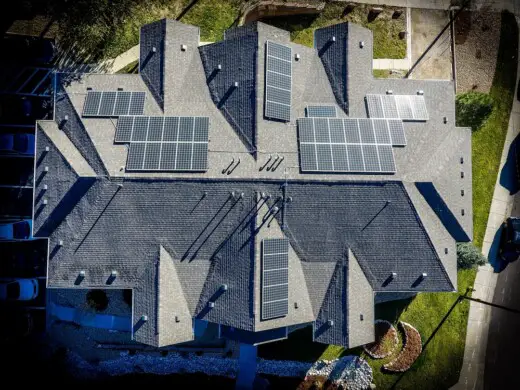Future of sustainable buildings, Energy-efficient new buildings, Green architecture information
Future of Sustainable Buildings
20 Feb 2023
The world is becoming increasingly environmentally conscious, and sustainable buildings are on the rise. This trend will impact how we design, build and use buildings in the future. In this post, we’ll take a look at some of the trends that will influence future sustainable architecture.
Green Building Trends
Sustainable design is a trend that has been around for a while, but it’s gaining momentum. In fact, sustainable design has become so mainstream that you can expect to see more and more green buildings popping up in your neighborhood.
The reason behind this growth? The benefits of sustainable buildings are vast: they’re healthier, safer, and more energy-efficient than traditional ones–and they cost less to maintain over time as well! In addition to these benefits (which we’ll get into later), there are other factors contributing to this growing trend, such as rising insurance premiums due to extreme weather events like Hurricane Sandy or Superstorm Irene, aging infrastructure, increased awareness about environmental issues such as climate change; increased demand for LEED-certified properties among millennials who value sustainability; higher construction costs due to scarcity of skilled labor coupled with increasing demand from developers looking for lower risk projects through LEED certification programs offered by organizations such as USGBC (United States Green Building Council).
Zero Energy and Net Zero Buildings
Zero Energy Buildings (ZEBs) are buildings that produce as much energy as they use. They are more efficient than other types of buildings but also more expensive to build and operate.
Zero Energy Buildings use renewable energy sources such as solar panels, wind turbines, and geothermal heat pumps to generate all the electricity they need for lighting and appliances. They also have insulation that helps keep heat inside during cold months and out during warm months, so less energy is needed for heating or cooling.
Some examples of zero-energy homes include: The American Museum of Natural History’s Rose Center for Earth & Space (New York City) – This museum uses geothermal wells under its floor plates to keep warem in winter and cooler in summer without the need of using any fossil fuels at all!
The Role of AI in Building Design
AI can help with energy consumption. AI-driven building automation systems can be used to optimize the use of electricity and water, reducing costs and greenhouse gas emissions.
AI can help with smart building design. AI has been used to create virtual models that incorporate thousands of variables in order to maximize performance while minimizing waste and cost, allowing architects to test out different designs without actually building them first–a process that would otherwise take years or even decades due to its complexity.
AI can help with building maintenance (or lack thereof). As buildings like Grand Dunman Condo become more connected through IoT devices like sensors in windowsills or air conditioners, they’re also becoming more intelligent; this means they’ll know when something needs fixing before anyone else does–and perhaps even fix themselves if possible!
Passive Design and Smart Buildings
Passive design is a building design approach that minimizes the use of energy for heating, cooling, and lighting. Passive solar techniques include optimising the facing of a building to maximize exposure to sunlight and using thermal mass materials such as masonry or water ponds to store heat.
Passive heating can be achieved through the use of sunspaces (greenhouses), which are typically attached to less insulated structures such as houses or garages and can be used for growing food year-round. In colder climates, this type of passive solar heating may be augmented with an auxiliary source such as electric resistance heaters or wood stoves.
Trends that will impact future sustainable design
AI in building design. The role of artificial intelligence (AI) is growing in the world of architecture, engineering, and construction (AEC). AI is being used to optimize energy consumption and reduce greenhouse gas emissions. For example, some AEC companies are using machine learning algorithms to analyze data from sensors embedded in buildings that track how occupants use space and when they’re present at different times of day–information that can help designers improve efficiency by making better use of daylighting controls or adjusting ventilation rates based on occupancy patterns.
Passive design strategies will become more prevalent as interest grows in reducing energy consumption without relying on active systems like solar panels or wind turbines. Zero energy or net zero buildings will become more common as we move toward reducing our reliance on fossil fuels.
Future of sustainable buildings – Conclusion
As we progress into the future, we will see more and more green building trends emerge. From zero energy and net zero buildings to passive design and smart buildings, these advancements will help us create sustainable, eco-friendly structures that benefit both people and the planet.
Comments on this Future of Sustainable Buildings article are welcome.
Scottish Architecture
Queen Margaret University – QMUC
Queen Margaret University
Royal High School Building
Royal High School
Scottish Parliament Building
Scottish Parliament
Comments / photos for the Future of Sustainable Buildings page welcome





